Welcome, Clasher, to our main hub page for everything Clash Royale. In the guide below, I’ve grouped together all our Clash Royale content to make it easier for you to navigate. Enjoy and happy clashing!
I also recommend checking out my Clash Royale News page for the latest news, events, and patch notes.
Getting Started – First Things to Do

When you first get into Clash Royale, it can be easy to get overwhelmed with all the options. The in-game UI has gotten very cluttered over the years, as Supercell continues to add more and more new content. To start out with, you should make sure and complete any tutorials before going into multiplayer matches. You can also always come back to the training arena to practice anytime you want, so don’t forget about it!
After finishing the tutorial, go through the cards you have (on the “Collection” tab) and see what they do. By clicking on a card and reading its details, you can find out everything from its base stats to what its abilities/attacks do. You’ll want to have a deck ready to use (more on that in the next section), so make sure to spend some time working on that as well.
There isn’t anything you “have” to do early on in Clash Royale. Take all the time you need to get used to the game and how it works, as you don’t have anything to lose early on. You could join a clan, play some challenges, play Trophy Road battles, or watch matches in TV Royale (accessible via the drop down menu on the main page). There are many options, so just do whatever feels fun to you.
Navigation Chart
This chart includes links to all of our most notable Clash Royale articles! Come back in the future for more articles as we update the list, but feel free to start out here with our variety of card rankings, guides, and arena deck ideas!
How to Make a Deck

We could talk all day about the various ins and outs of making a Clash Royale deck, but we’ll try to keep it brief for now. For the average deck, there are a few key card types you’ll want.
The main elements of a basic Clash Royale deck are as follows:
- Win-con (a card that can reliably do tower damage and win you games)
- Defense (cards that defend against enemy troops and pushes)
- Support (cards that help keep your main threat or win con alive)
- Spells (cards that have an immediate impact on the game and can be used at any time)
- Buildings (cards that distract buildings/tower-targeting troops and usually have other effects)
Not every deck needs to have every single one of these elements, but you will want at least most of them. Every deck has to have a win-con (even if it’s a weird one) and some form of defense, but those can come in many forms. Your defense cards don’t have to just be wave clear cards or anything like that. You could use any card to defend, as long as it has something which makes it able to hold its own in a fight.
Test your decks in game modes where you don’t care too much about losing. Party modes are great ways to do this when available, as is the Classic Challenge, since it allows you to test on an even playing field. You can also use the TV Royale to find interesting decks, which you can then just copy and try for yourself.
Trophy Road vs Path of Legends

For the most part, you’ll spend your time in Clash Royale playing on the Trophy Road. This is the standard game mode–the one you go straight into when you click “Battle”. On Trophy Road, every battle has trophies at stake. The amount varies, but it’s usually between 25-35. When you win games, you gain trophies. And when you lose, you lose them. It’s a pretty simple ladder system where you’ll go up and down, with the goal of making it to the next arena. Arenas are defined as trophy ranges, which make sure you’ll usually play against others of a similar trophy level. For example, Arena 2 starts at 300 trophies, so you’ll need to reach that amount to enter the arena.
Path of Legends is another game mode, but it’s exactly the same as Trophy Road in terms of gameplay. Where it differs, though, is that all cards are set to tournament level (level 11) and you have a different ranking system. Trophies don’t matter in the Path of Legends, as you’ll go up in rank based on wins and losses, not trophies acquired. However, the only catch is that you have to be at 5000 trophies first to play Path of Legends at all.
Events and the Season Shop

If you look at the toolbar at the bottom of the menu screen, you’ll see a tab called “Events” on the far right. That tab contains limited-time events, rotating challenges, and the classic challenges which rarely change. The events are the most important for newer players, as they’re the best free source of Season Tokens. To give an example of how this system works, let’s take a look at the current event as of early November when this is being written.
Right now, there’s an event called “Welcome to Ghoulsville”, which was linked to the Halloween events. In this special event, you’ll play matches with a custom deck, but the match will have special effects in-game. For this one, certain “spooky” cards (like Witch, Skeletons, etc.) have empowered abilities. These kinds of events usually have some small modifier or utilize one of the party game modes, so they’re a nice change of pace.
When you complete event game modes, you’ll get Season Tokens which you can use in the Season Shop. The Season Shop is an excellent source of some of the most valuable materials in Clash Royale, as well as some more common ones. You can get everything from Evolution Shards to special emotes to bags of gold in the Season Shop.
Challenges

On the same Events tab, you’ll also find special challenges. These challenges have a set amount of matches to be played, and once you get three losses you’re out. For example, if you choose to play the Classic Challenge, you’ll play matches until you get either 12 wins or 3 losses. The rewards you get go up as you get more wins, but if you don’t make it far you’re unlikely to get much out of it.
In addition to the high-stakes gameplay, all cards in challenge battles (the Classic and Grand ones at least) are set to tournament level (level 11). This ensures that all players start on equal footing, so you won’t just lose because you haven’t spent as much money as someone else. You even get access to every card and evolution in the game in Classic and Grand Challenges, so they’re a great way to try out new cards before wasting rare materials on them.
Clans – Should You Join One?

Joining a clan has many benefits, but if you join the wrong one it can be rough. There are a handful of reasons you might want to join a clan: playing with friends, trading/requesting cards, clan wars, etc. No matter why, it is ultimately always a good idea to be in a clan in Clash Royale. Even if you don’t intend on participating in clan wars or any of that, there’s still no downside to joining one.
When you go to join a clan, it’s important to know what kind of clan you’re looking for. If you don’t want to deal with clan wars, make sure to join a clan that specifically doesn’t do them or doesn’t care that much. If you join an active war clan but don’t participate, you’ll almost certainly get kicked out (and mess up their score). However, if you do want to do them, find a clan that makes the somewhat mandatory, as it’s not hard to find active clans that can consistently win their wars. You get a lot of cards and loot for winning clan wars, so it’s a worthwhile goal to have. There are also lots of clans that are heavily focused on maximizing their trading gains, as well as lots of small, more close-knit clans if you want a more friendly experience.
If you choose not to join a clan, though, that’s also fine. Other than missing out on free resources, there’s no other downside to not being in clan. You could also make your own if you want.
Daily and Weekly Tasks
As a mobile game, it’s not surprising that a lot of your time in Clash Royale might be spent doing daily and weekly tasks/objectives. Here’s a rundown of all the daily/weekly objectives you might need to remember to get the most out of your experience in Clash Royale.
- Actual daily and weekly tasks (located below your nameplate on the main screen)
- Check the shop for free loot and buy any cards available for gold that you’re interested in.
- Do your clan war battles (Thursday-Sunday, if you’re in a war clan) and request/trade cards in clan chat
- Collect the maximum amount of Season Tokens you’re allowed to get each day (located in the events tab)
- Check for any limited-time events or challenges, especially around the time new cards release, as they often give you a way to earn them early
Clash Royale Navigation
- Clash Royale: Best Tower Troops
- Clash Royale: Best Cards for Draft Battles
- Clash Royale: How to Win Mega Draft and Best Cards
- Clash Royale: All Champion Abilities Ranked
- Clash Royale: All Spell Cards Ranked
- Clash Royale: Best Evolutions, Ranked
- Clash Royale: All Champion Cards Ranked Worst to Best
- Clash Royale: Best Legendary Cards, Ranked
- Clash Royale: Best Decks for Arena 18 Silent Sanctuary
- Clash Royale: Best Deck for Arena 17 (Royal Crypt)
- Clash Royale: Best Deck for Arena 16 (Executioner’s Kitchen)
- Clash Royale: Best Decks for Arena 13 Rascal’s Hideout
- Clash Royale: Best Decks for Arena 11 Electro Valley
- Clash Royale: Best Decks for Arena 8 Frozen Peak
- Clash Royale: Best Decks for Arena 7 Royal Arena
- Clash Royale: Best Decks for Arena 3 Barbarian Bowl
- Clash Royale: Best Decks for Arena 2 Bone Pit
- Clash Royale: Best Decks for Arena 1 – Starter Decks
- Clash Royale: Best Decks for Arena 5 Builder’s Workshop
- Clash Royale: Best Decks for Arena 15 Miner’s Mine
- Clash Royale: Best Decks for Arena 9 – Jungle Arena
- Clash Royale: Best Decks for Arena 12 Spooky Town
- Clash Royale: Best Decks for Arena 6 P.E.K.K.A.’s Playhouse
- Clash Royale: Best Decks for Arena 10 Hog Mountain
- Clash Royale: Best Decks for Arena 14 Serenity Peak
- Clash Royale: Best Decks for Arena 4 Spell Valley
- Clash Royale: Merge Tactics Beginner’s Guide
- Clash Royale: 7 Best Win Cons (2025)
- Clash Royale: Best Tower Troops
- Clash Royale: How to Win Mega Draft and Best Cards
- Clash Royale: All Champion Abilities Ranked
- Clash Royale: A Getting Started Guide
- Clash Royale: News & Events
- Supercell Games: Clash Royale vs Clash of Clans vs Brawl Stars
- Clash Royale: Beginner Guide, Tips, and Strategy





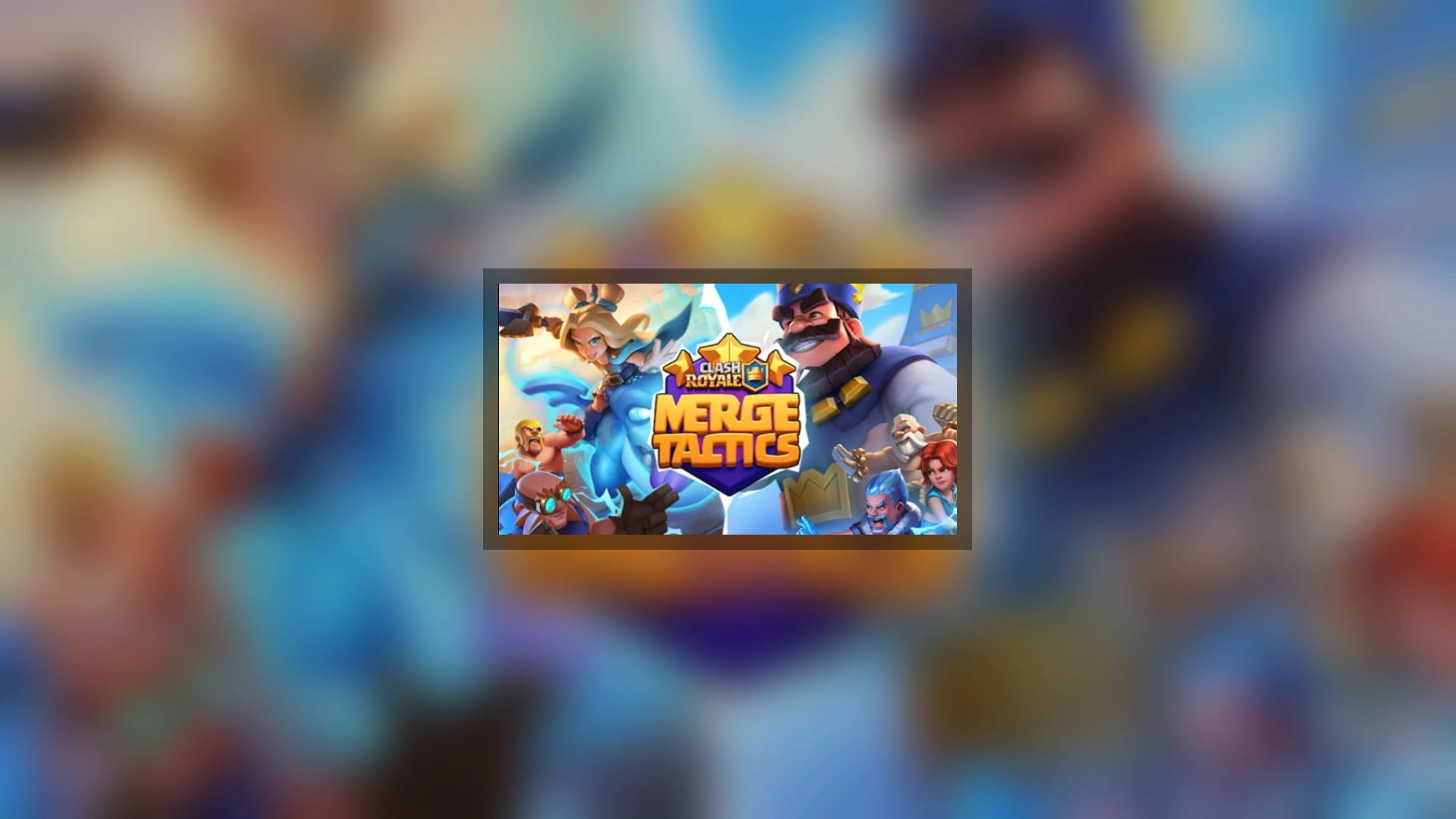
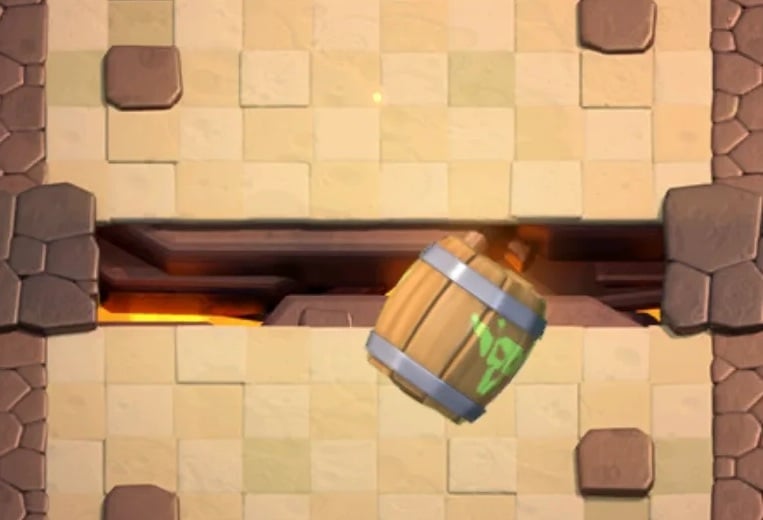
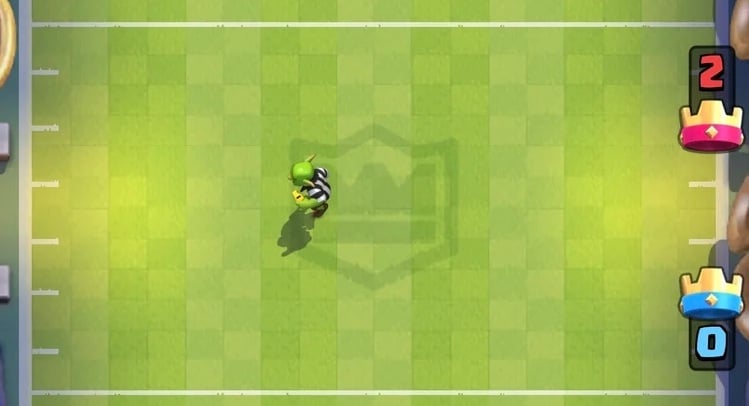
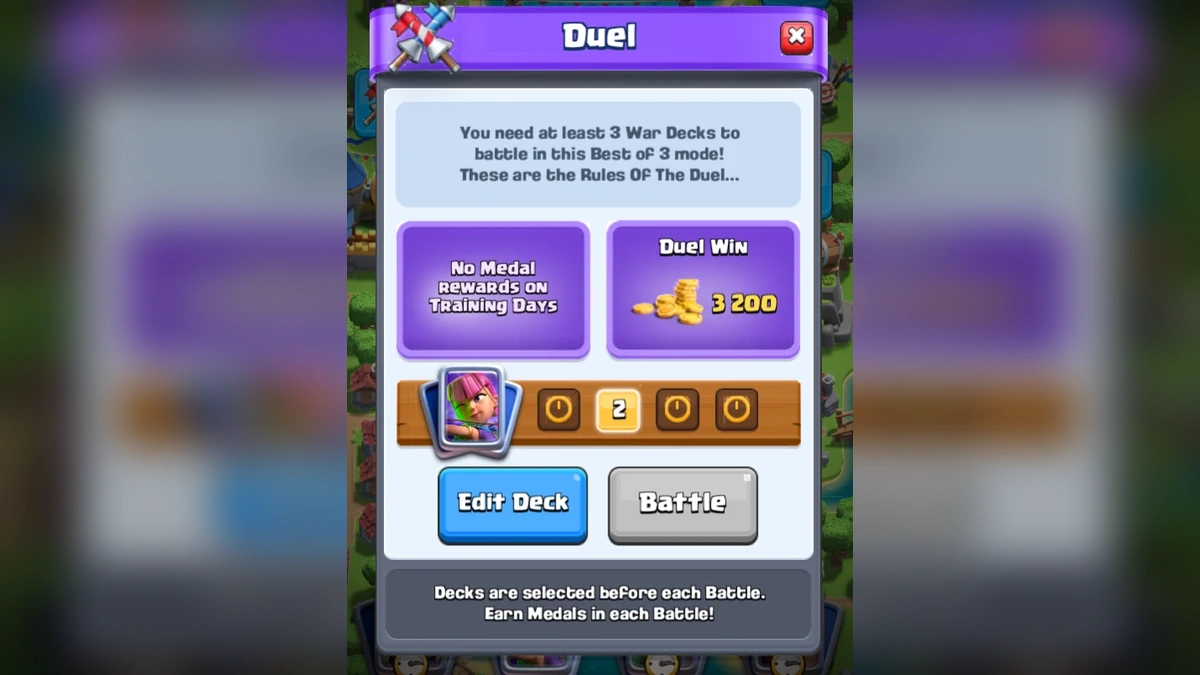
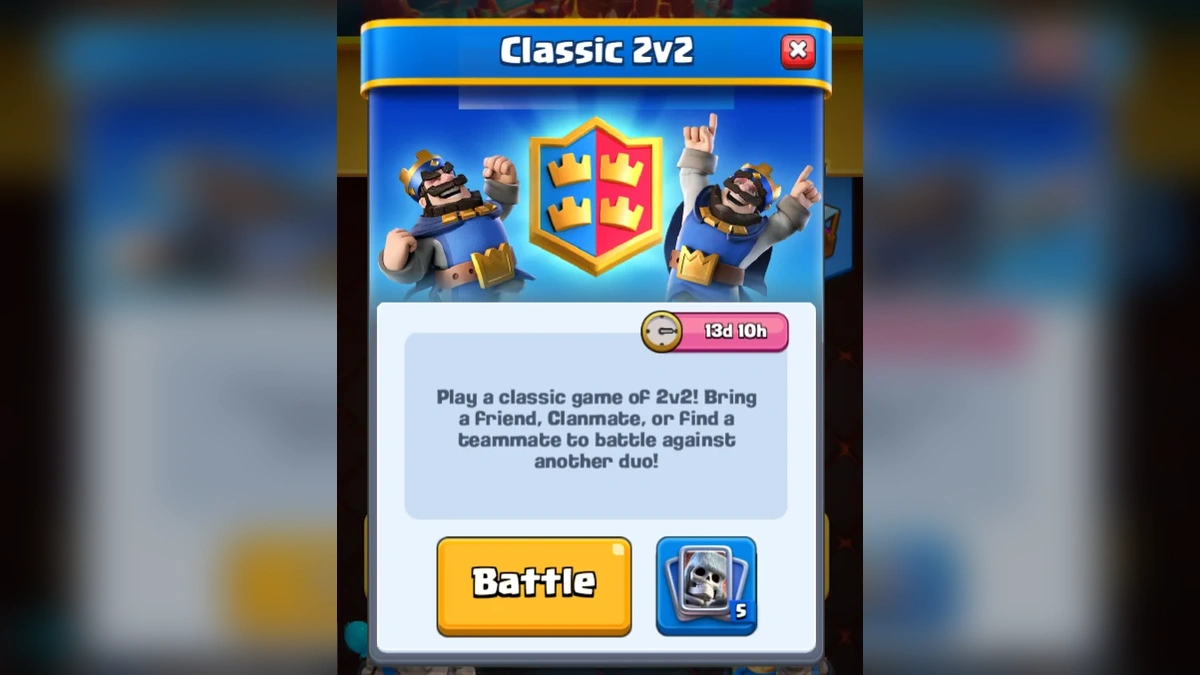
You must sign in to comment.
Don't have an account? Sign up here!